Blog
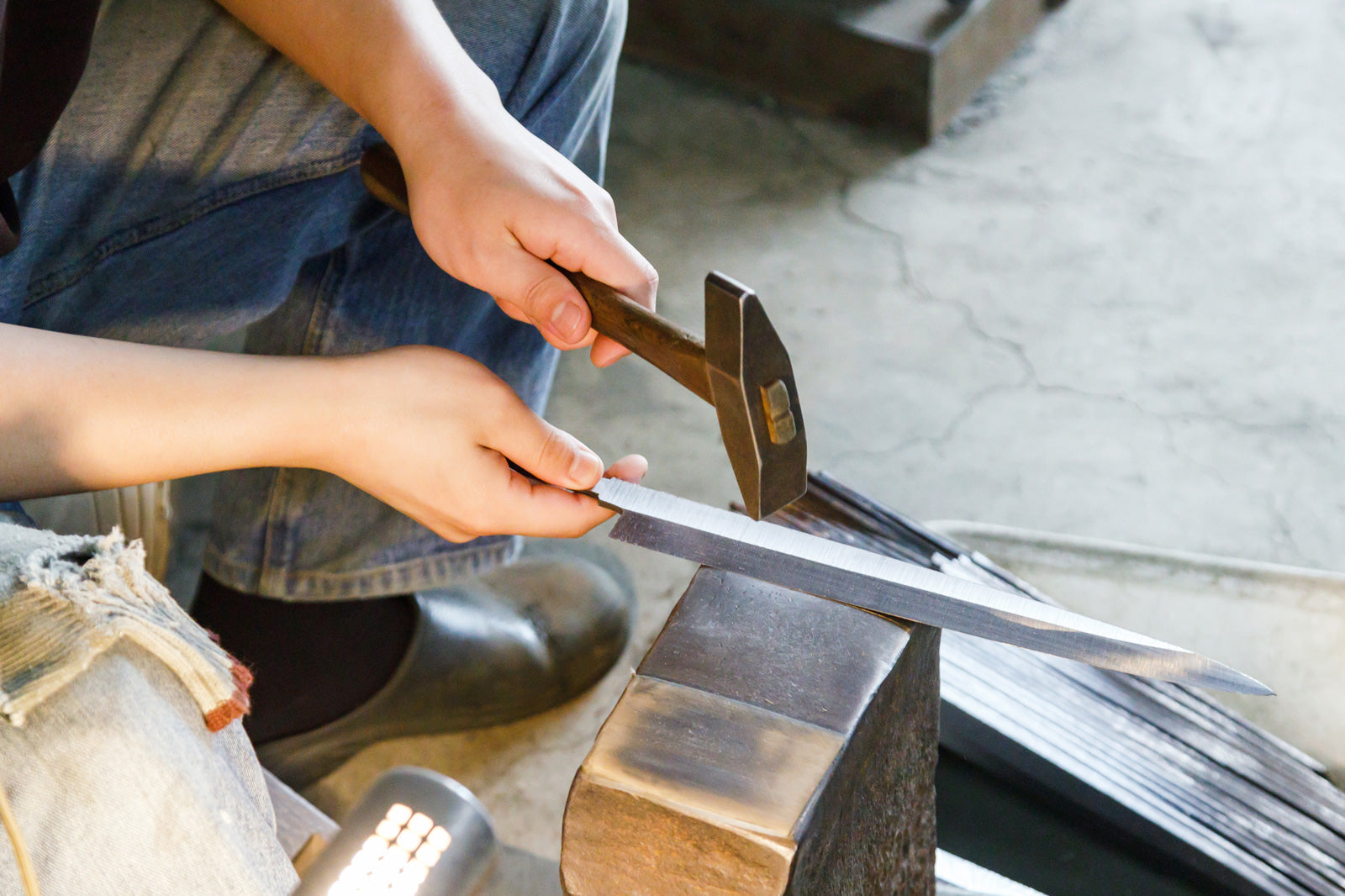
Why Hand-Forged Japanese Knives Stand Above The Rest
There’s an ongoing debate over the difference between hand-forged and machine-made knives. Many consider hand-forged to be superior—products of craftsmanship, skill, and years of tradition. On the...
Read more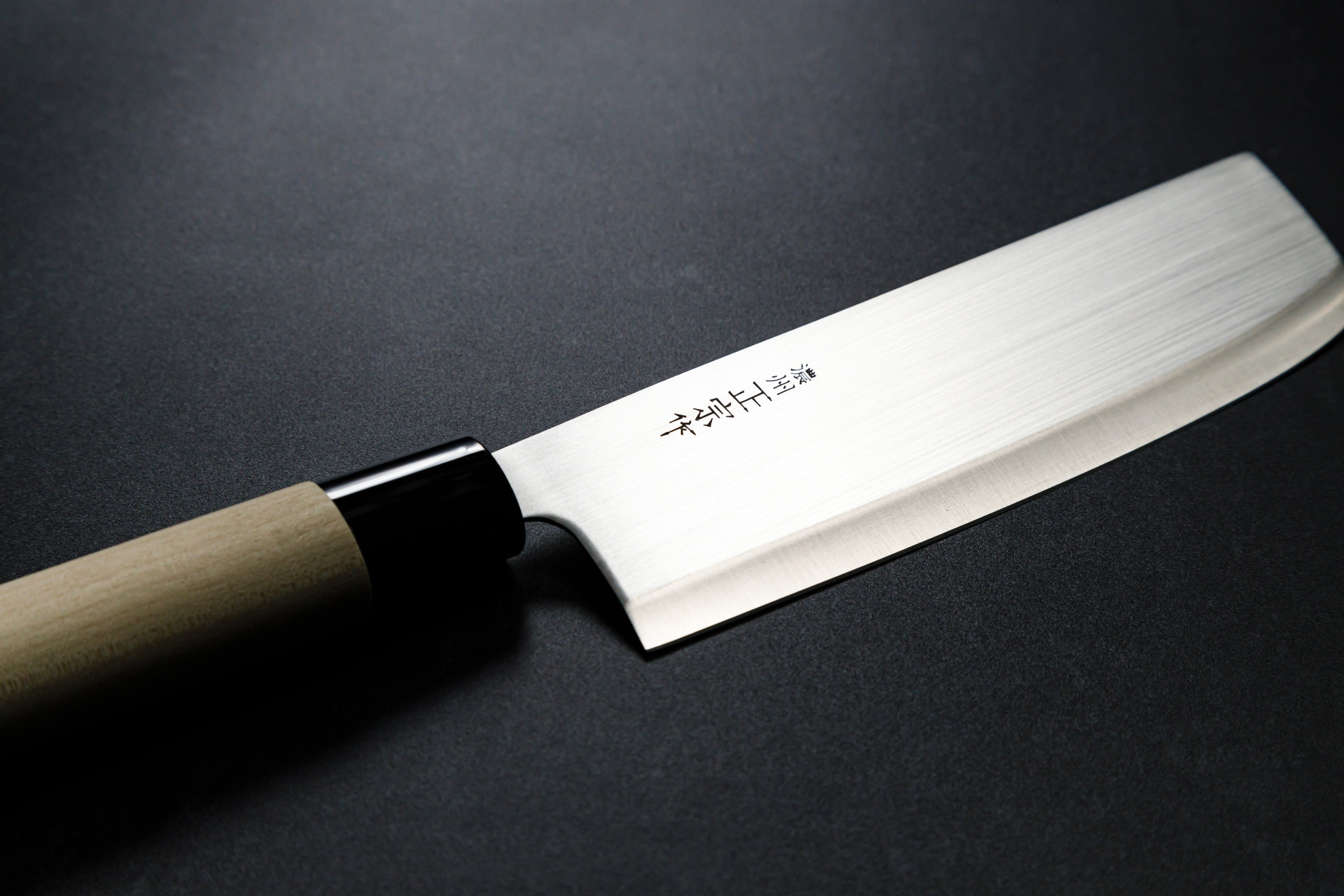
Nakiri Explained: A Japanese Knife Guide
The Nakiri kitchen knife is a must-have for the home cook. Evolving to excel at vegetable preparation, this traditional Japanese knife’s razor sharp blade can handle everything from tough-skinned s...
Read more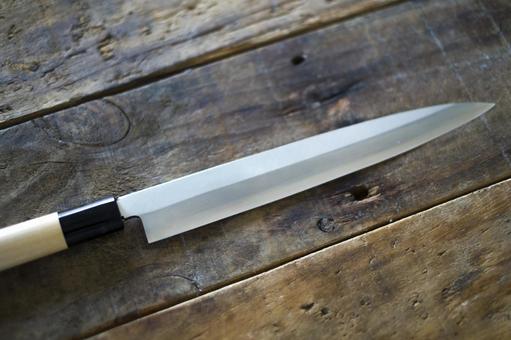
Yanagiba Explained: A Japanese Knife Feature
When it comes to traditional Japanese kitchen knives, the Yanagiba stands apart as the premier tool for slicing raw fish with unmatched precision. It is essential for sushi and sashimi preparation,...
Read more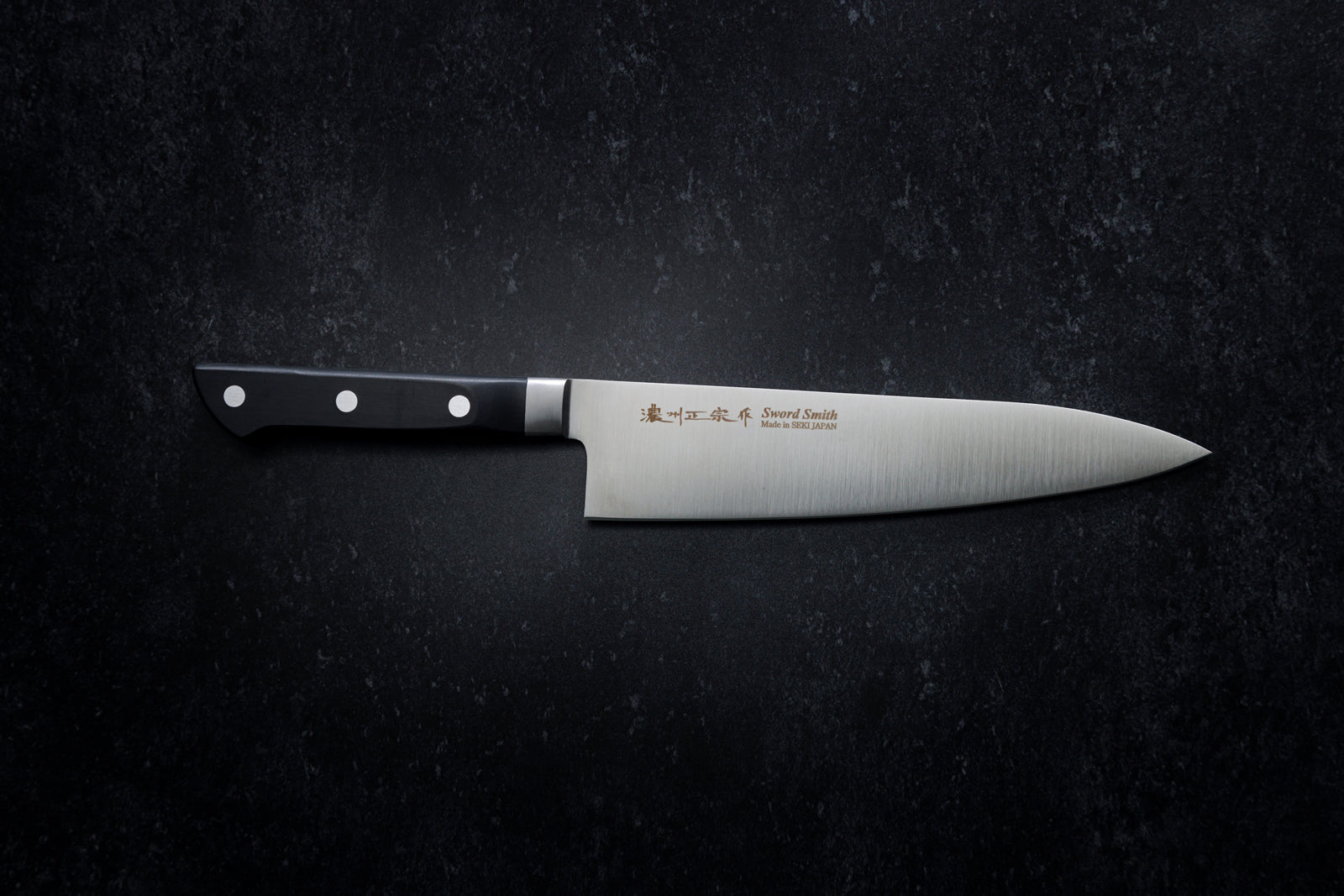
Gyuto Explained: A Japanese Knife Feature
Found in professional kitchens and homes alike, the Gyuto knife—Japan’s answer to the Western chef’s knife—was built for slicing meat with speed and precision. Lightweight, versatile, and razor-sha...
Read more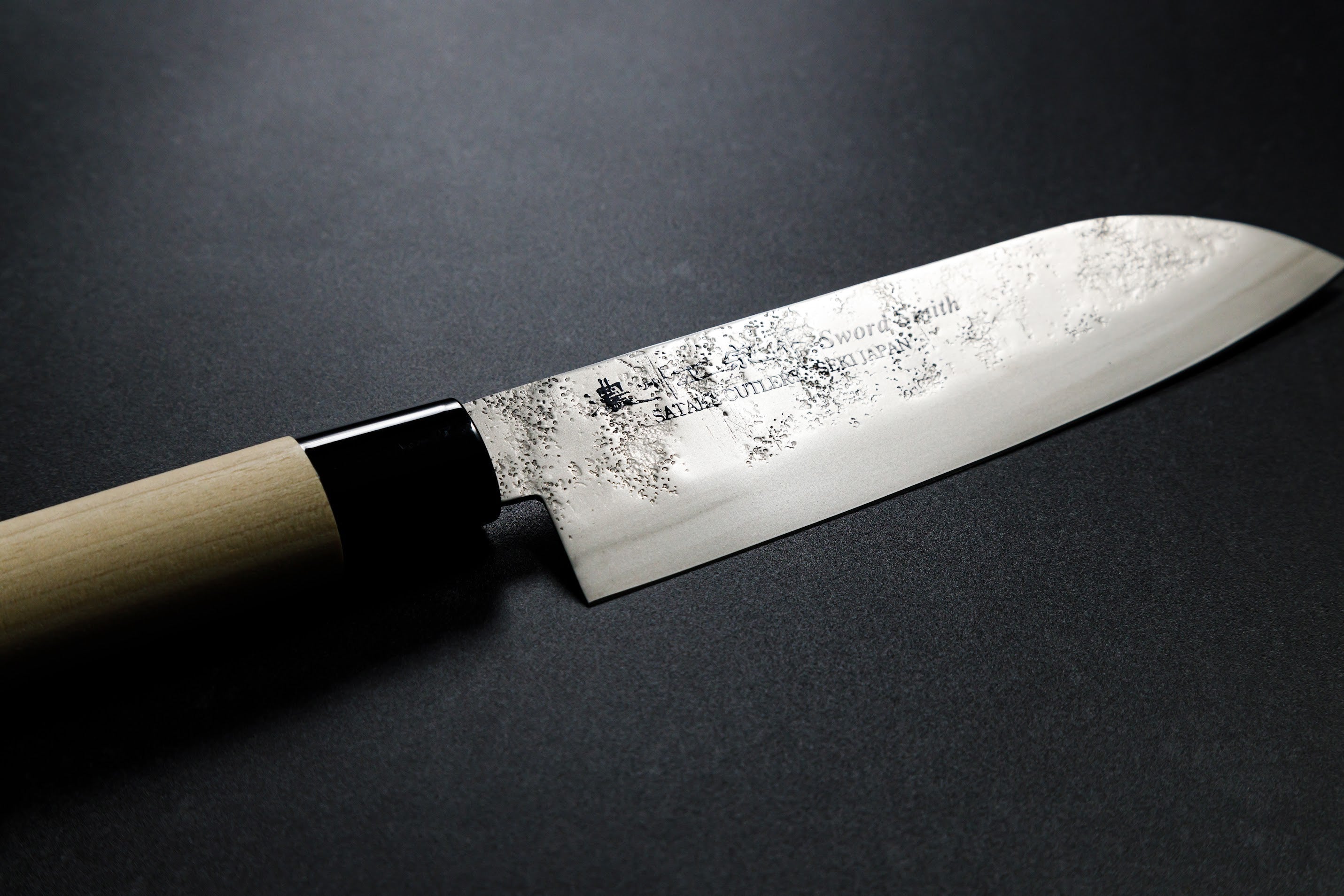
Santoku Explained: A Japanese Knife Feature
Found in nearly every Japanese kitchen, the Santoku knife—meaning “Three Virtues”—excels with its ability to chop, slice, and dice. Compact and versatile, this all purpose Japanese knife is designe...
Read more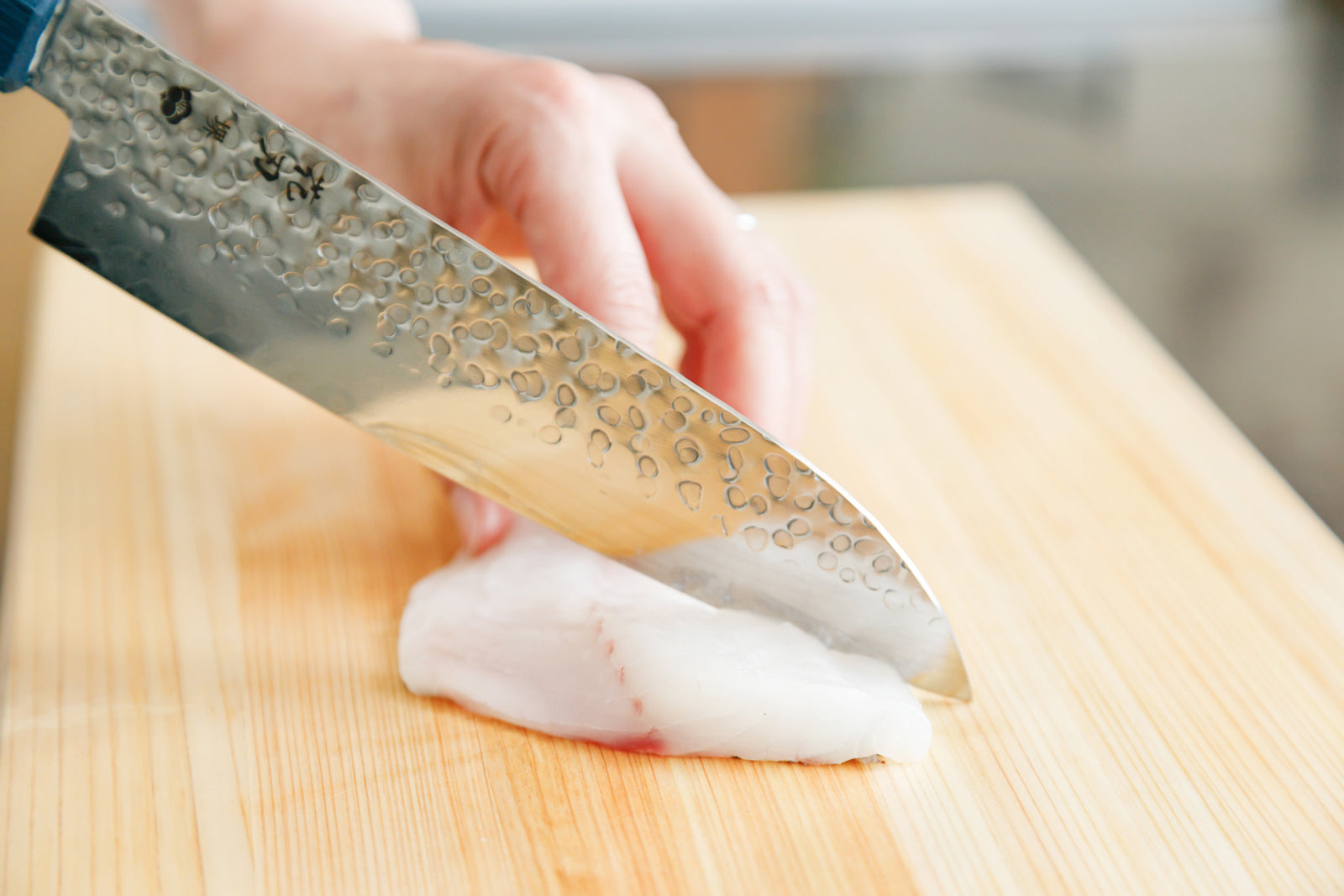
Japanese Knife Guide: Single and Double Bevel Explained
Single vs. Double Bevel If you’ve been researching Japanese knives, you’ve probably come across the term “knife bevel.” It’s often used interchangeably with “grinding angle” or “edge angle,” which ...
Read more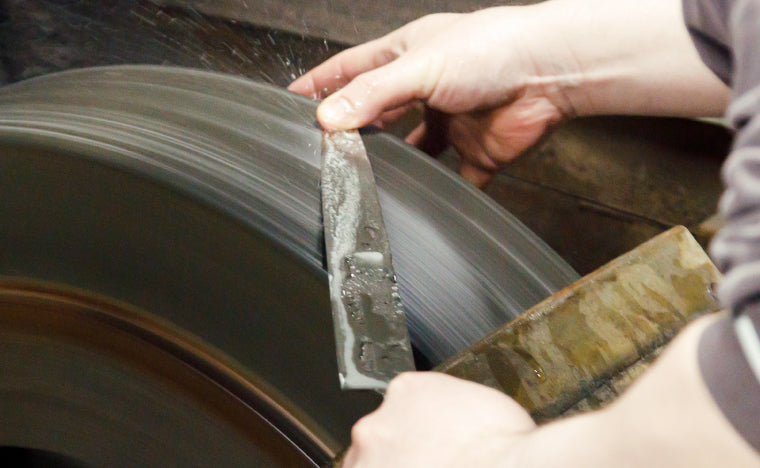
Gyuto vs Santoku: Choosing the Right Japanese Knife
Japanese Knives If you’re shopping for a Japanese knife, you’ve probably come across the terms Gyuto and Santoku. These two styles are staples in Japanese kitchens—and they’re quickly gaining popul...
Read more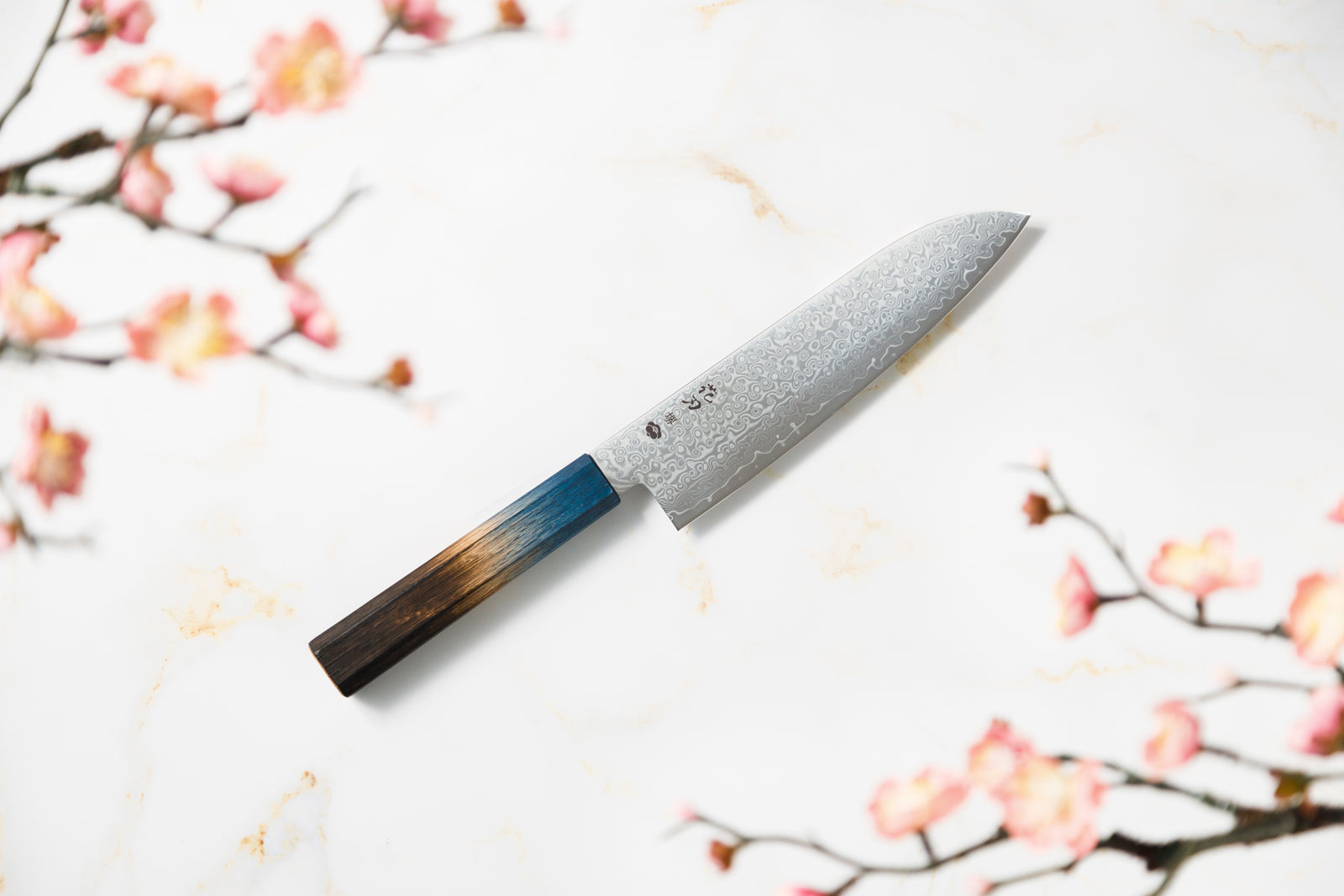
Introducing Hanaha: A Knife that Blends Tradition and Beauty
The Concept Walk into any kitchen store in Japan and you'll be overwhelmed by knives—dozens of shapes, styles, and levels of quality. If you're planning to buy one, chances are you'll leave with wh...
Read more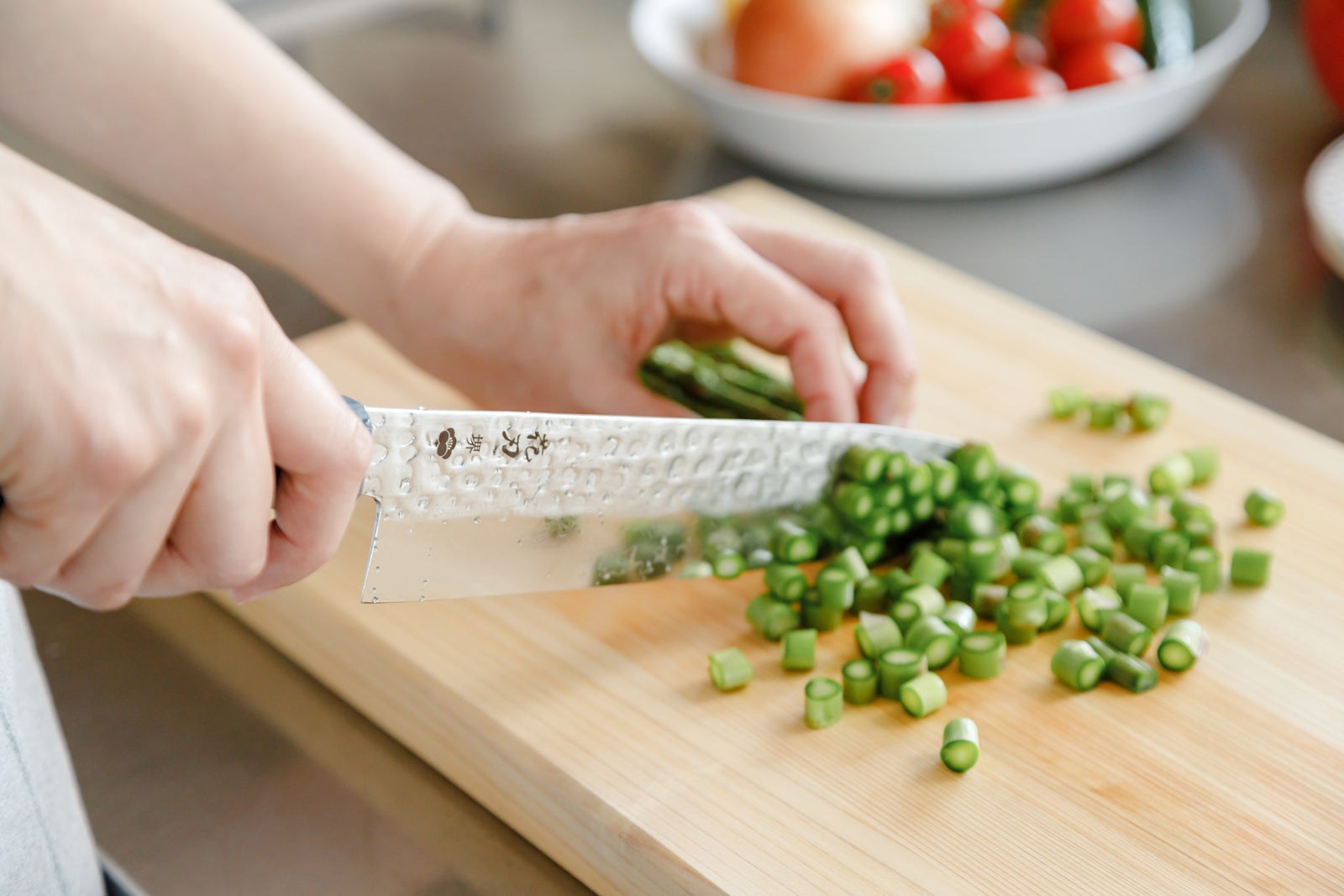
Still on the Fence? Why Every Home Cook Can Benefit From Owning a Japanese Knife.
Setting the Stage You walk into the store and notice the sales signs all around you. It’s clearance day! And you’re first in line! Then you see it: the final temptation of many a home cook—the delu...
Read more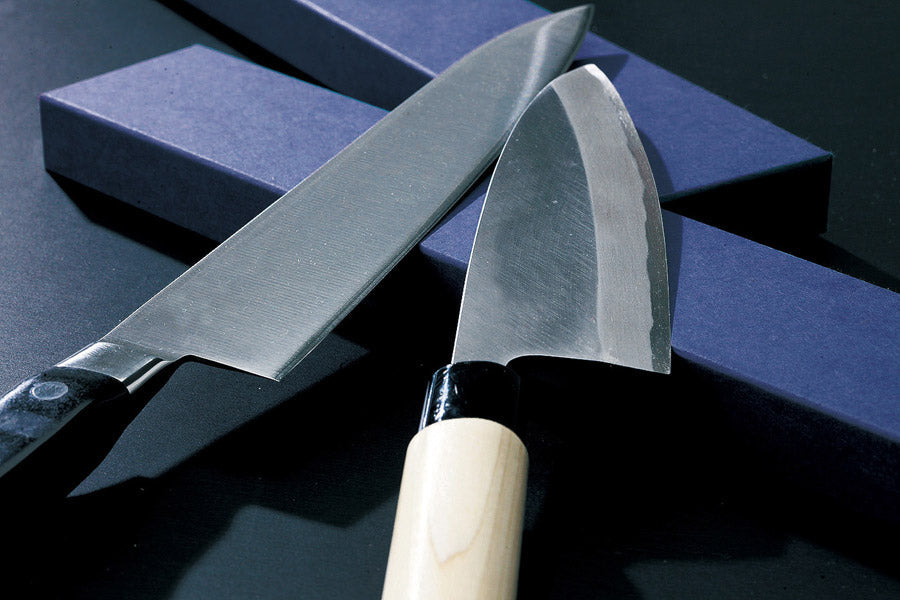
Knife Production Around Japan: Exploring the Master Craftsmanship of Sakai, Seki, and Sanjo
Japan’s Knife-Making Legacy Japan’s reputation for precision cutlery isn’t just a recent trend—it’s rooted deeply in history, centered around three remarkable production hubs: Sakai in Osaka, Seki ...
Read more
